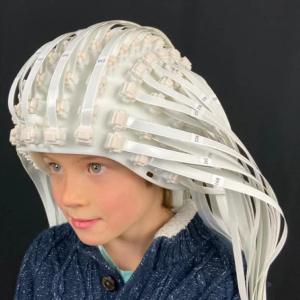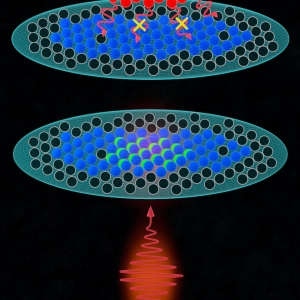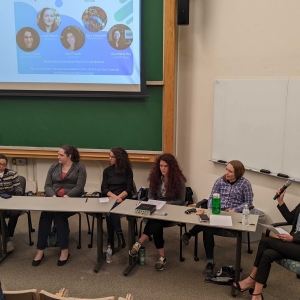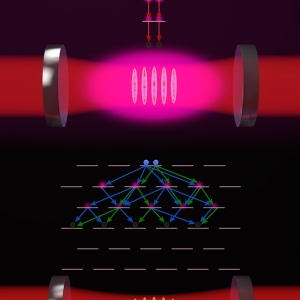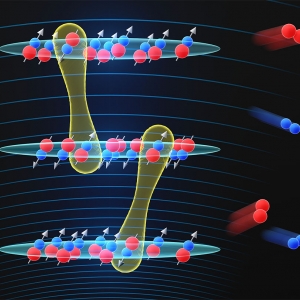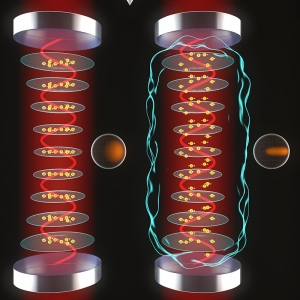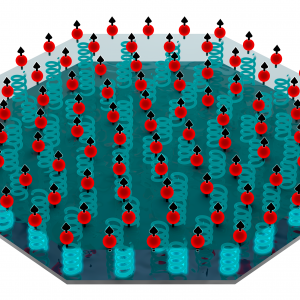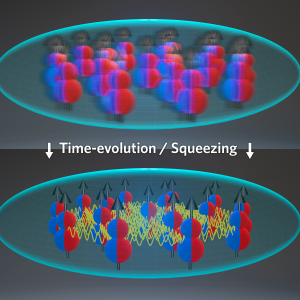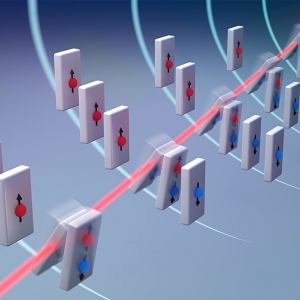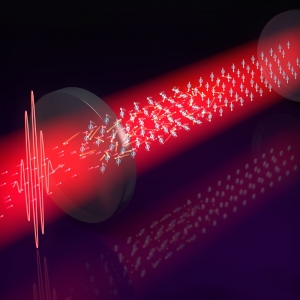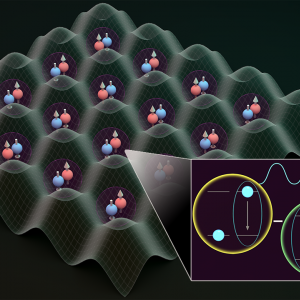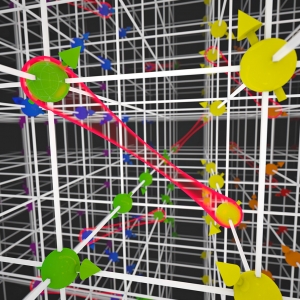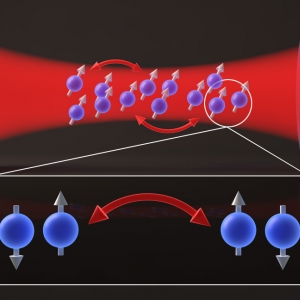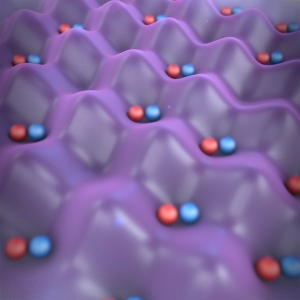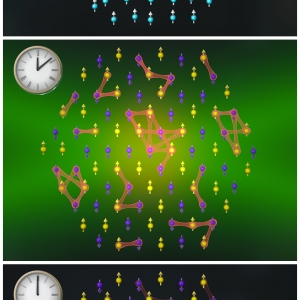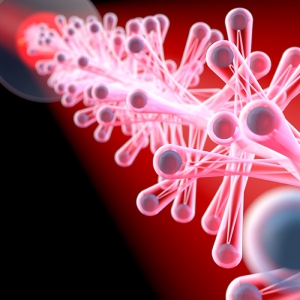Research Highlights
Quantum Information Science & Technology
A Look at Colorado's Quantum Revolution
Published:
PI: Jun Ye | PI: Cindy Regal | PI: Margaret Murnane | PI: Henry Kapteyn | PI: Ana Maria Rey
Precision Measurement | Quantum Information Science & Technology
An Atomic Game of Duck, Duck, Goose
Published:
PI: Jun Ye | PI: Ana Maria Rey
Quantum Information Science & Technology
JILA and Cubit Partner with Key Quantum Companies for an Engaging Panel
Published:
PI: Ana Maria Rey
Atomic & Molecular Physics | Precision Measurement | Quantum Information Science & Technology
Running in a Quantum Corn Maze and Getting Stuck in the Dark
Published:
PI: Ana Maria Rey | PI: James Thompson
Precision Measurement | Quantum Information Science & Technology
Electrifying Molecular Interactions
Published:
PI: Jun Ye | PI: Ana Maria Rey
Atomic & Molecular Physics | Quantum Information Science & Technology
A Magic Recipe for a Quantum Interferometer
Published:
PI: Ana Maria Rey | PI: James Thompson
Quantum Information Science & Technology
NIST’s Quantum Crystal Could Be a New Dark Matter Sensor
Published:
PI: Ana Maria Rey
Laser Physics | Quantum Information Science & Technology
BCS: Building a Cavity Superconductor
Published:
PI: Ana Maria Rey | PI: James Thompson
Quantum Information Science & Technology
Molecules in Flat Lands: an Entanglement Paradise
Published:
PI: Ana Maria Rey | PI: Jun Ye
Atomic & Molecular Physics
Total Ellipse of the SU(N)
Published:
PI: Jun Ye | PI: Ana Maria Rey
Atomic & Molecular Physics | Precision Measurement
Falling Dominos and an Army of Schrödinger’s Cats
Published:
PI: Ana Maria Rey
Atomic & Molecular Physics
Phases on the Move: A Quantum Game of Catch
Published:
PI: Ana Maria Rey | PI: James Thompson
Atomic & Molecular Physics | Quantum Information Science & Technology
The Power of the Dark Side
Published:
PI: Ana Maria Rey
Atomic & Molecular Physics | Quantum Information Science & Technology
Dancing through dynamical phase transitions in an out-of-equilibrium state
Published:
PI: Ana Maria Rey
Quantum Information Science & Technology
Tying Quantum Knots with an Optical Clock
Published:
PI: Ana Maria Rey
Quantum Information Science & Technology
Chaos reigns in a quantum ion magnet
Published:
PI: Ana Maria Rey
Atomic & Molecular Physics | Precision Measurement | Quantum Information Science & Technology
Twisting Atoms to Push Quantum Limits
Published:
PI: Ana Maria Rey | PI: James Thompson
Atomic & Molecular Physics
Quantum Adventures with Cold Molecules
Published:
PI: Ana Maria Rey | PI: John Bohn | PI: Jun Ye
Atomic & Molecular Physics | Precision Measurement
Quantum Leaps
Published:
PI: Ana Maria Rey | PI: Jun Ye




